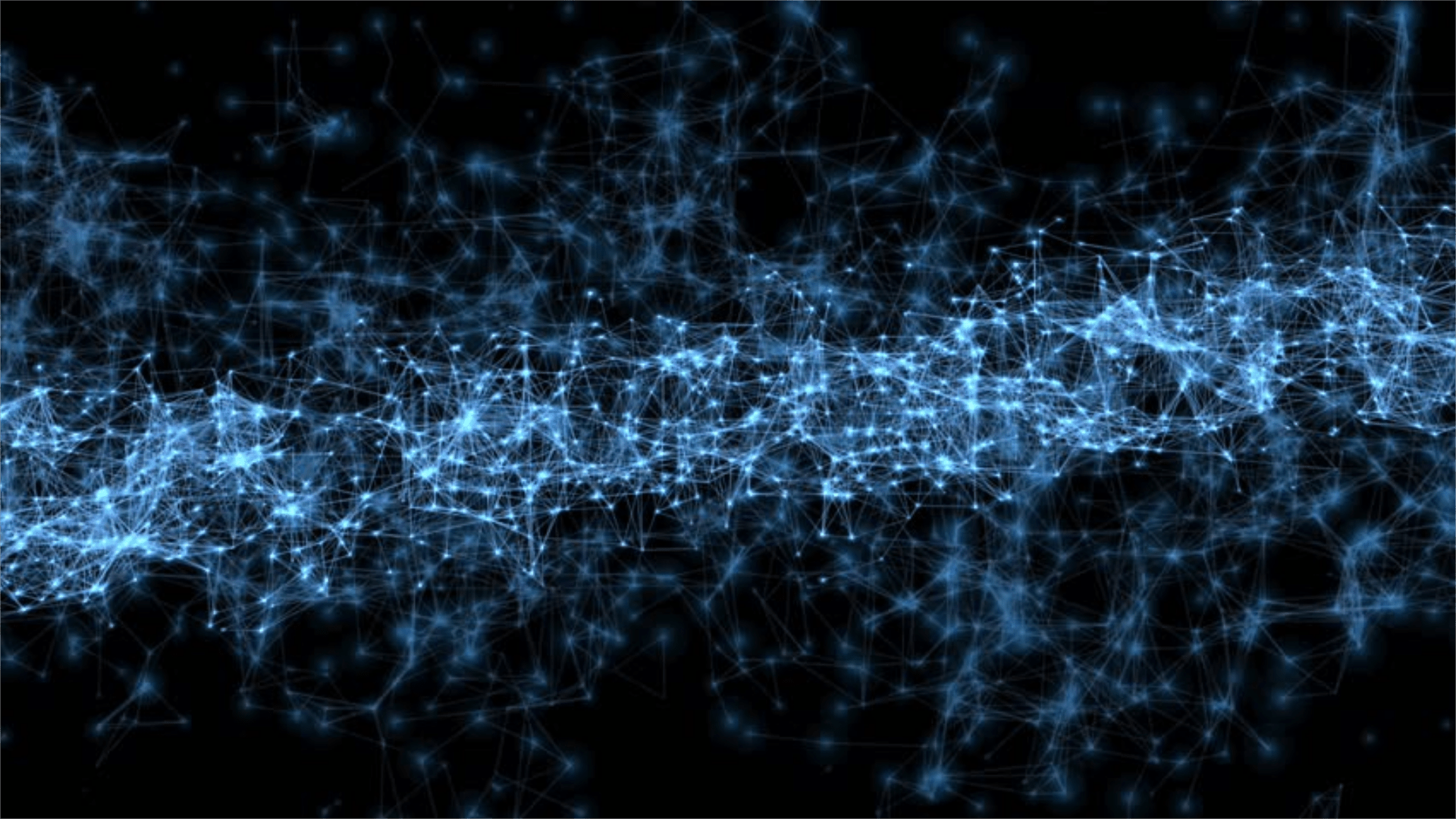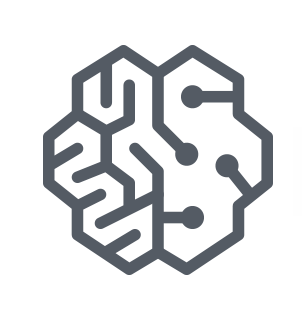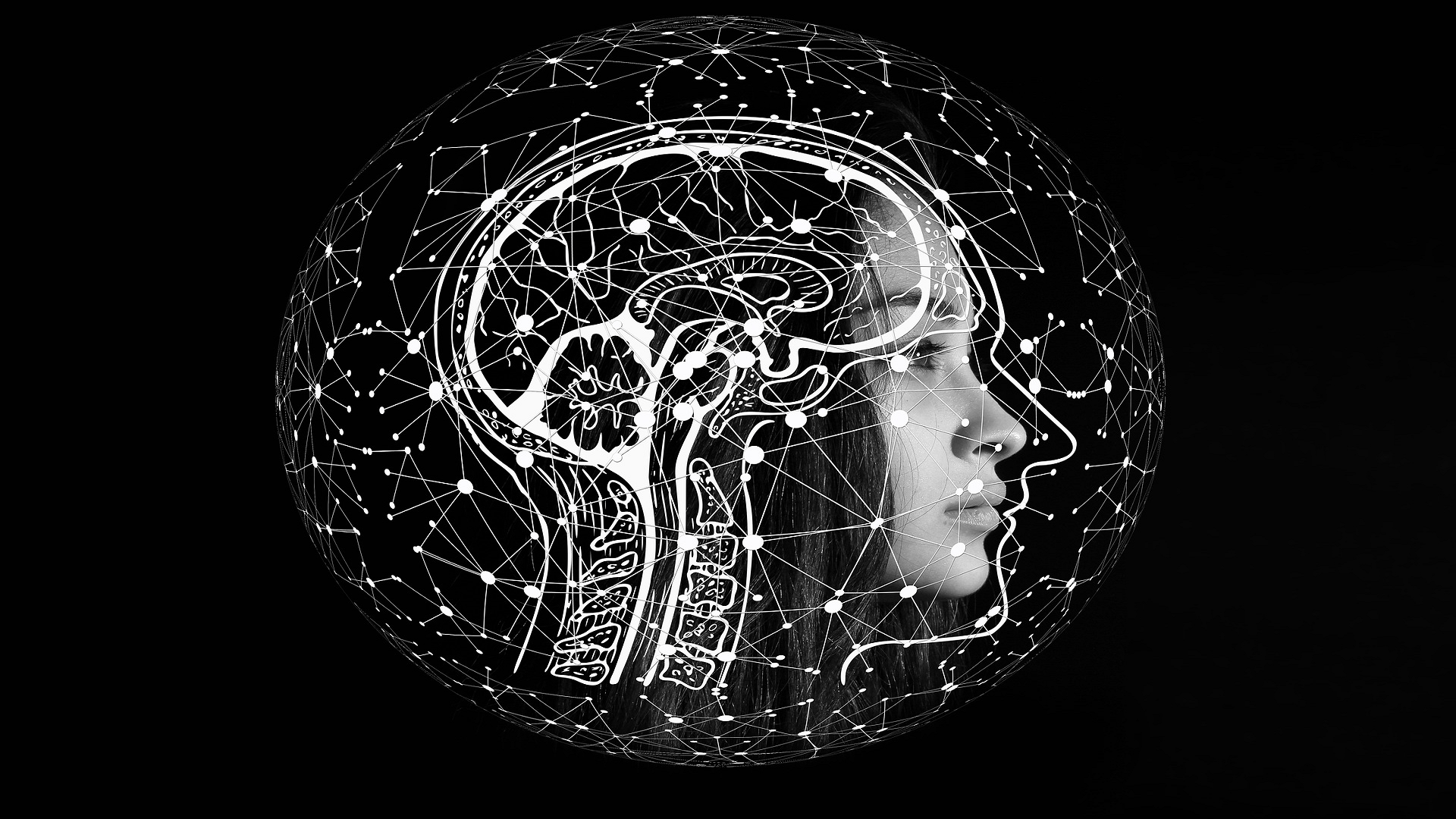Deep Learning Vs. Machine Learning
Aside from artificial intelligence (AI), machine learning and deep learning are two of the hottest buzzwords in technology right now. The two actually represents the same thing: the autonomous process—by systems or computers—of consuming, parsing, and processing data for the purpose of learning from data and making informed decisions based on the generated insights.While deep learning and machine learning performs similar tasks, deep learning is a subset of machine learning. As the name suggests, deep learning solves problems where much deeper thinking is required. In this article, we are going to take a closer look at deep learning vs. machine learning at different levels.
What Is Machine Learning?
As mentioned earlier, machine learning takes a set of data, parses it based on algorithms—either supervised or unsupervised—and generates decisions (or understanding) based on that seemingly simple process.Machine learning can be used to make automated decisions, analyze preferences based on historical data, and perform other tasks on a unidimensional data. At a deeper level, it can also structure data based on patterns it recognizes, and then continue analyzing future data that way.Machine learning needs to have the ability to learn; in other words, insights gathered from data streams must allow the machine learning system to evolve and improve. Some common algorithms used to analyze and predict data are XG Boost, the k-nearest neighbors algorithm (k-NN), and Linear in supervised learning and K-Means Clustering, the principal component analysis (PCA), and Amazon SageMaker Random Cut Forest (RCF) in the unsupervised learning.An easy way to see how effective machine learning is at its job is by looking at the recommended products on your Amazon page. By analyzing your past purchases, the products you viewed, and other metrics associated with how you use Amazon, the site can deliver accurate recommendations for the sake of boosting the company’s sales. The more the machine learning system understands you, the more accurate its recommendations will be.
What Is Deep Learning?
Deep learning is also a process of consuming, parsing, and learning from data for the sake of improving and automating decision-making. However, it is different from machine learning in one important respect: depth. While machine learning uses one or two layers of algorithms for its functions, deep learning goes further than that.Most deep learning systems with more than three layers of algorithms are known as an “artificial neural network.” The extra layers can serve specific purposes depending on what the system is designed to learn. This means deep learning can utilize one layer of algorithms to parse data, another to learn about the general structure of the data, an extra layer for processing details, and a final layer for generating insights and decisions.The deep in deep learning refers to the artificial neural network which includes those layers of algorithm that enable deeper, more in-depth analysis and learning. Deep learning is usually implemented to handle complex tasks that unidimensional machine learning algorithms cannot handle. Due to the deeper analysis, however, deep learning requires more resources and a more complex neural network.Deep learning’s best application can be experienced when you use DeepMind-powered Google services such as image recognition. Google apps like Maps and Photos can accurately identify locations, landmarks, and other objects in a photo through the use of deep learning and multi-layer data processing.
Separating the Two
As mentioned before, deep learning requires more resources than non-deep machine learning. Almost all deep learning instances require GPUs for their higher floating-point operations per second (FLOPS). Generic machine learning, on the other hand, is more than happy to be thrifty with processing power. Deep learning also requires more data for it to be accurate. It needs to consume enough data to fill each layer and generate sufficient insights for its more advanced functions. That high data dependency isn’t present in supervised and non-supervised machine learning, which can be adapted to work with less and generate more.Lastly, the two approaches differ in the way they solve problems. Non-deep machine learning leverages structures, patterns, and past insights to perform its tasks. Deep learning, on the other hand, leverages layers and allocated resources for a more in-depth analysis.To summarize the differences between the two: supervised and non-supervised machine learning uses algorithms to parse data, learn from the information, and make knowledgeable decisions based on what it has uncovered. Deep learning frames algorithms within layers to establish an “artificial neural network” that can process and make resourceful, informed decisions by itself. They both have significant advantages waiting to be utilized as a part of future solutions though. For more on machine learning, check out our previous article here. Ibexlabs is an experienced DevOps & Managed Services provider and an AWS consulting partner. Our AWS Certified DevOps consultancy team evaluates your infrastructure and make recommendations based on your individual business or personal requirements. Contact us today and set up a free consultation to discuss a custom-built solution tailored just for you.









